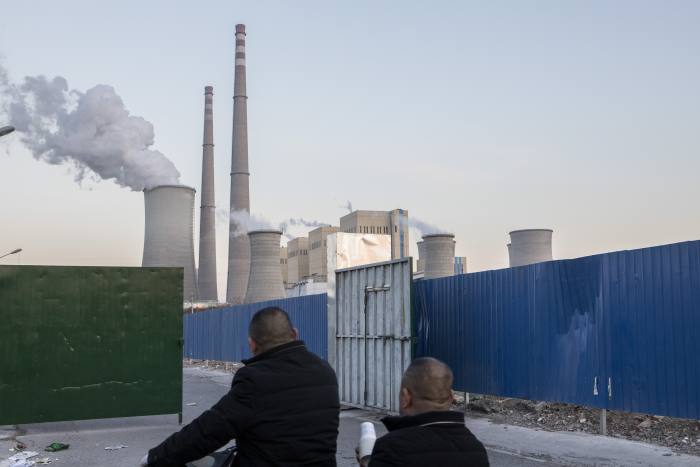
Environmental, social and governance investing is universally known as a form of green investing. But ESG has given birth to another, perhaps less well-known, phenomenon: greenwashing.
So what is greenwashing and why does it matter in the world of ESG?
Greenwashing
Mihir Kapadia, chief executive of Sun Global Investments, says greenwashing is “the process of companies engaging in marketing or public relations strategies to appear aligned with ESG objectives”.
Nick Henderson, portfolio manager in the responsible global equities team at BMO Global Asset Management, says: “Greenwashing can be a problem, as many firms see that there are benefits to being seen in a positive light from an ESG perspective.”
Key Points
- Greenwashing is becoming a thing, now that ESG investing is more popular
- Advisers should beware funds that simply call themselves ‘ESG’
- The Investment Association is trying to create a standard for ESG investing
He adds: “That places a heavy burden on fund managers when meeting and assessing companies to critically analyse each company’s approach to ESG and whether or not it is greenwashing.”
Third-party providers of reports and ratings assess many international and domestic public and private companies on their ESG performance.
Financial institutions, asset managers and other stakeholders typically rely on them to measure company ESG performance compared with peers.
Paradoxically, many in the industry stress that while ESG ratings often trigger fund managers to identify ESG opportunities, they also contribute to greenwashing.
ESG ratings
Report and ratings methodology can vary greatly from provider to provider.
Eoinn Murray, head of investment at Hermes Investment Management, says: “A large part of the problem associated with ‘greenwashing’ comes from a willingness to focus on aggregate ESG ratings – ratings have their place, but the scale of disagreement between different rating agencies is a clear indication that they should not be solely relied upon.”
ESG rating providers range from standalone shops such as Vigeo Eiris and Sustainalytics to larger index providers like FTSE Russell, Bloomberg ESG Data Services and DowJones Sustainability, to name a few.
Mr Murray says: “It is easy enough to build a portfolio loaded with ‘green’ stocks/bonds that is designed to achieve a high rating, but is far more of a challenge to dig down into the details of what actually matters.”
He adds that historical data underpinning ratings should only be used as a guide, and true responsible and sustainable investing has to be “thinking about the strategy a company has for delivery of future earnings and cash flows”.
But Alice Evans, co-head of responsible investment at BMO Global Asset Management, points out many standardised reporting methods and initiatives exist that can help improve the clarity of ratings.
These include:
- The Global Reporting Initiative is a global independent standards organisation that helps governments, organisations and businesses understand issues such as climate change, corruption and human rights.
- Sustainability Accounting Standards Board helps businesses around the world identify, manage and report on sustainability topics.
- The World Benchmarking Alliance focuses on seven systems transformations to develop benchmarks to identify keystone companies whose contribution is vital to achieving sustainable development goals.
Ms Evans also highlights that the UN Sustainable Development Goals and their sub-targets provide a useful framework.
Just paying lip service?
The greenwashing problem begs the question of whether fund managers are simply adding green stocks to their funds or whether they are actually generating a social impact.
Mr Henderson says there is a divergence within the fund management industry between those who are fully embracing sustainability and those who are not.









